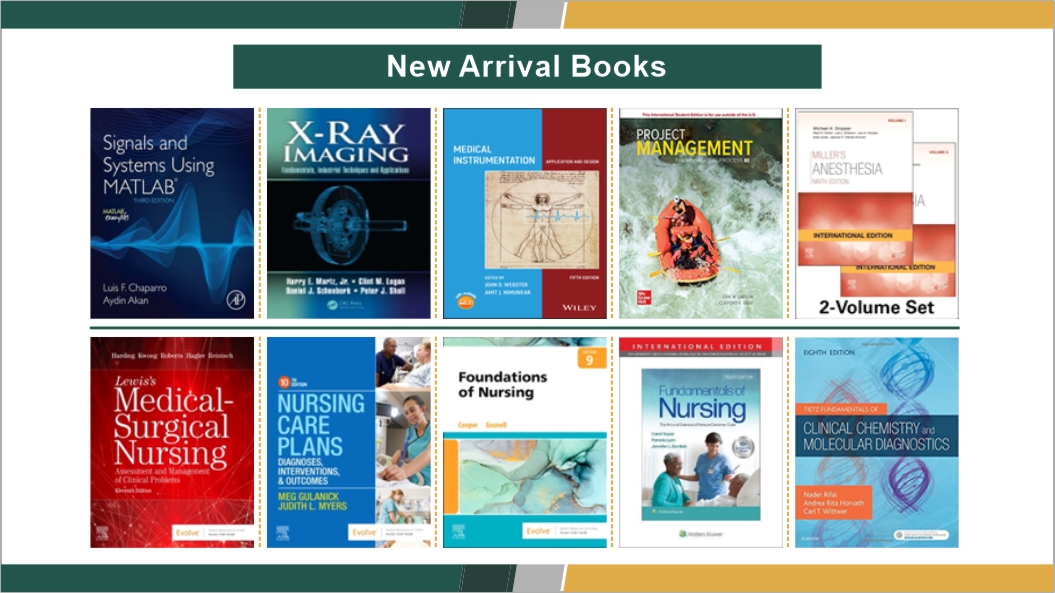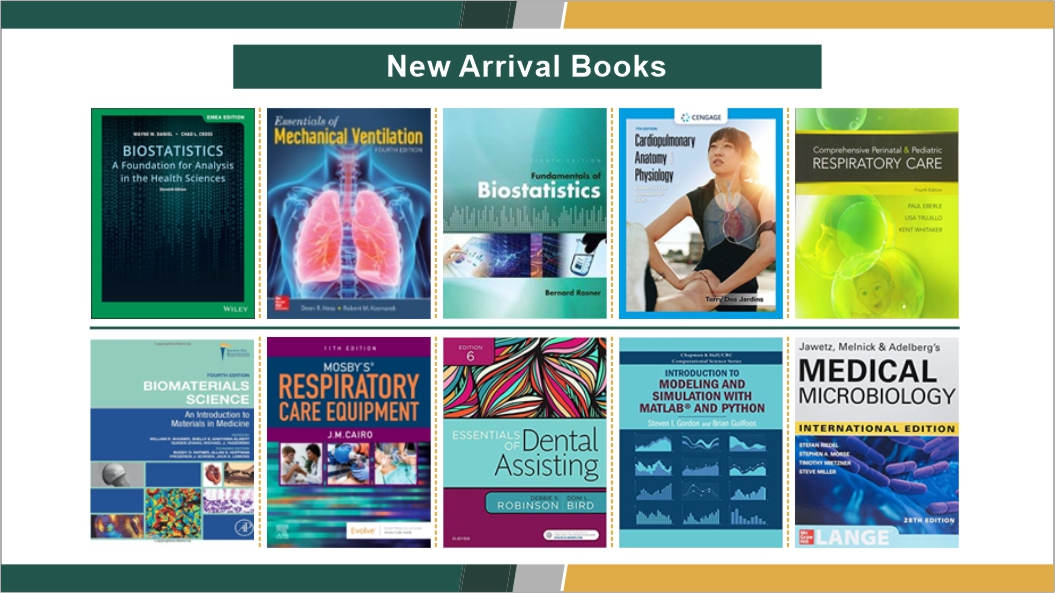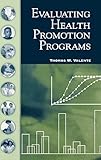
Evaluating health promotion programs /
Material type: TextPublication details: New York : Oxford University Press, 2002Description: xviii, 305 p. : illISBN: 0195141768 (alk. paper)Subject(s): Health promotion | Communication in medicineDDC classification: 613 Online resources: Click here to access online | Click here to access online
TextPublication details: New York : Oxford University Press, 2002Description: xviii, 305 p. : illISBN: 0195141768 (alk. paper)Subject(s): Health promotion | Communication in medicineDDC classification: 613 Online resources: Click here to access online | Click here to access online
Contents:
Machine generated contents note: 1. Frameworks, Models, and Rationales, 3 -- Health Promotion Programs, 3 -- Evaluation, 4 -- Frameworks, 9 -- Evaluation Frameworks, 11 -- Summary, 17 -- 2. Health Promotion Interventions, 19 -- Intervention Strategies, 19 -- Program Impact Conditions, 27 -- Summary, 31 -- 3. Behavior Change Theory, 33 -- Theories, 34 -- Perspectives, 45 -- Use and Selection of Theory, 50 -- Summary, 55 -- 4. Formative and Qualitative Research, 57 -- Qualitative Methods, 58 -- Message/Materials Testing, 64 -- Quantitative Formative Research, 65 -- Using Formative Techniques for Outcome Evaluation, 69 -- Summary, 70 -- 5. Process Evaluation, 73 -- Six Points for Process Evaluation, 75 -- Uses of Process Evaluation Data, 78 -- How to Do Process Evaluation, 82 -- Distinction Between Research Types, 83 -- Summary, 83 -- II METHODS, 85 -- 6. Study Design, 87 -- Background, 87 -- Causality, 88 -- Study Validity, 89 -- Study Designs, 96 -- Hypothetical Scores, 102 -- Selecting a Study Design, 104 -- Blinded Studies, 105 -- Contamination, 105 -- Summary, 107 -- 7. Sampling and Sample Size, 109 -- Sample Types, 110 -- Sample Size, 113 -- Power, 117 -- Sample Selection, 120 -- Summary, 121 -- 8. Data Collection and Management, 123 -- Construction of Questionnaire or Instrument, 123 -- Interview Methods, 131 -- Response Rates, 133 -- Data Management, 135 -- Combining (Appending and Merging) Two Datasets, 144 -- Summary, 146 -- 9. Univariate Analysis and Scale Construction, 147 -- Univariate Statistics, 147 -- Scale Creation, 151 -- Summary, 162 -- 10. Statistical Analysis, 163 -- Levels of Measurement, 164 -- Statistical Tests, 167 -- Multivariate Analysis, 177 -- Summary, 180 -- III RESULTS, 181 -- 11. Measuring Program or Campaign Exposure, 183 -- Measuring Exposure, 184 -- The National Reproductive Health Program Campaign, 186 -- NRHP Campaign Exposure, 191 -- Ringers, 196 -- Campaign Recognition by Sociodemographic Characteristics (Bivariate and -- Multivariate), 199 -- Exposure Data for Phase II of the National Reproductive Health Program, 201 -- Exposure Data in the Panel Sample, 202 -- Selective Exposure, 204 -- Summary, 206 -- 12. Measuring Outcomes, 207 -- Study Design and Methods, 207 -- Data Analysis, 209 -- Multivariate Analysis, 213 -- Panel Data, 215 -- Reporting Results, 221 -- Summary, 222 -- 13. Advanced Design and Statistical Topics, 225 -- Stepwise Regression, 226 -- Three- and Multiwave Data, 227 -- Path Analysis or Structural Equation Modeling, 230 -- Event History Analysis, 233 -- Time Series, 235 -- Meta-analysis, 236 -- Weighting Data, 239 -- Cost-benefit and Cost-effectiveness Analysis, 239 -- Summary, 240 -- 14. Dissemination of Evaluation Findings, 241 -- Dissemination Conflict, 241 -- Dissemination, 242 -- Policy Process, 245 -- Interpretation, 248 -- Graphics, 248 -- Ethical Considerations, 249 -- Budgets, 251 -- Book Summary, 252 -- The Future of Health Promotion Program Evaluation, 254 -- Glossary, 257 -- References, 263 -- Appendix A: Potentially Helpful Websites, 277 -- Study Planning Software, 277 -- Evaluation Software, 278 -- Health Education/Communication Listservs, 278 -- Media Research Firms, 278 -- Qualitative Analysis Software, 278 -- Appendix B: Bolivia Survey Questionnaire, 279 -- Bolivia National Reproductive Health Program Evaluation, 280 -- Appendix C: Informed Consent Statement for Questionnaire, 295 -- Informed Consent, 295 -- Appendix D: Sample Budget Items for Health Promotion Program -- Evaluation Project, 297.
| Item type | Home library | Collection | Call number | Status | Date due | Barcode | Item holds |
|---|---|---|---|---|---|---|---|
 Books
Books
|
Prince Sultan Military College of Health Sciences, Library | Nursing | 613 V35 (Browse shelf (Opens below)) | Available | 0000000024068 | ||
 Books
Books
|
Prince Sultan Military College of Health Sciences, Library | Nursing | 613 V35 (Browse shelf (Opens below)) | Available | 0000000024069 | ||
 Books
Books
|
Prince Sultan Military College of Health Sciences, Library | Nursing | 613 V35 (Browse shelf (Opens below)) | Available | 0000000022884 |
Total holds: 0
Browsing Prince Sultan Military College of Health Sciences, Library shelves, Shelving location: Reference, Collection: Nursing Close shelf browser (Hides shelf browser)
Machine generated contents note: 1. Frameworks, Models, and Rationales, 3 -- Health Promotion Programs, 3 -- Evaluation, 4 -- Frameworks, 9 -- Evaluation Frameworks, 11 -- Summary, 17 -- 2. Health Promotion Interventions, 19 -- Intervention Strategies, 19 -- Program Impact Conditions, 27 -- Summary, 31 -- 3. Behavior Change Theory, 33 -- Theories, 34 -- Perspectives, 45 -- Use and Selection of Theory, 50 -- Summary, 55 -- 4. Formative and Qualitative Research, 57 -- Qualitative Methods, 58 -- Message/Materials Testing, 64 -- Quantitative Formative Research, 65 -- Using Formative Techniques for Outcome Evaluation, 69 -- Summary, 70 -- 5. Process Evaluation, 73 -- Six Points for Process Evaluation, 75 -- Uses of Process Evaluation Data, 78 -- How to Do Process Evaluation, 82 -- Distinction Between Research Types, 83 -- Summary, 83 -- II METHODS, 85 -- 6. Study Design, 87 -- Background, 87 -- Causality, 88 -- Study Validity, 89 -- Study Designs, 96 -- Hypothetical Scores, 102 -- Selecting a Study Design, 104 -- Blinded Studies, 105 -- Contamination, 105 -- Summary, 107 -- 7. Sampling and Sample Size, 109 -- Sample Types, 110 -- Sample Size, 113 -- Power, 117 -- Sample Selection, 120 -- Summary, 121 -- 8. Data Collection and Management, 123 -- Construction of Questionnaire or Instrument, 123 -- Interview Methods, 131 -- Response Rates, 133 -- Data Management, 135 -- Combining (Appending and Merging) Two Datasets, 144 -- Summary, 146 -- 9. Univariate Analysis and Scale Construction, 147 -- Univariate Statistics, 147 -- Scale Creation, 151 -- Summary, 162 -- 10. Statistical Analysis, 163 -- Levels of Measurement, 164 -- Statistical Tests, 167 -- Multivariate Analysis, 177 -- Summary, 180 -- III RESULTS, 181 -- 11. Measuring Program or Campaign Exposure, 183 -- Measuring Exposure, 184 -- The National Reproductive Health Program Campaign, 186 -- NRHP Campaign Exposure, 191 -- Ringers, 196 -- Campaign Recognition by Sociodemographic Characteristics (Bivariate and -- Multivariate), 199 -- Exposure Data for Phase II of the National Reproductive Health Program, 201 -- Exposure Data in the Panel Sample, 202 -- Selective Exposure, 204 -- Summary, 206 -- 12. Measuring Outcomes, 207 -- Study Design and Methods, 207 -- Data Analysis, 209 -- Multivariate Analysis, 213 -- Panel Data, 215 -- Reporting Results, 221 -- Summary, 222 -- 13. Advanced Design and Statistical Topics, 225 -- Stepwise Regression, 226 -- Three- and Multiwave Data, 227 -- Path Analysis or Structural Equation Modeling, 230 -- Event History Analysis, 233 -- Time Series, 235 -- Meta-analysis, 236 -- Weighting Data, 239 -- Cost-benefit and Cost-effectiveness Analysis, 239 -- Summary, 240 -- 14. Dissemination of Evaluation Findings, 241 -- Dissemination Conflict, 241 -- Dissemination, 242 -- Policy Process, 245 -- Interpretation, 248 -- Graphics, 248 -- Ethical Considerations, 249 -- Budgets, 251 -- Book Summary, 252 -- The Future of Health Promotion Program Evaluation, 254 -- Glossary, 257 -- References, 263 -- Appendix A: Potentially Helpful Websites, 277 -- Study Planning Software, 277 -- Evaluation Software, 278 -- Health Education/Communication Listservs, 278 -- Media Research Firms, 278 -- Qualitative Analysis Software, 278 -- Appendix B: Bolivia Survey Questionnaire, 279 -- Bolivia National Reproductive Health Program Evaluation, 280 -- Appendix C: Informed Consent Statement for Questionnaire, 295 -- Informed Consent, 295 -- Appendix D: Sample Budget Items for Health Promotion Program -- Evaluation Project, 297.




















There are no comments on this title.